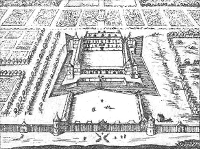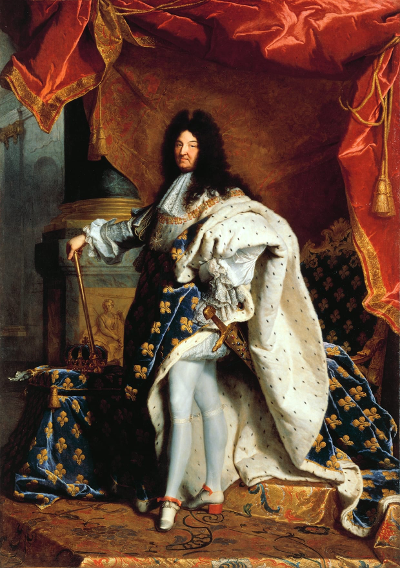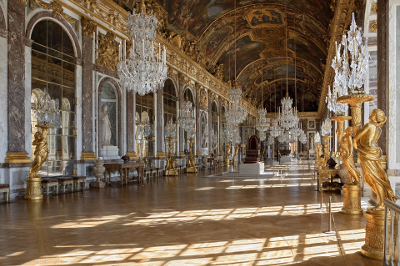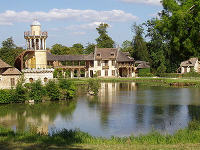The Opulent Glory of Versailles
Part 1: Decades of Construction In 1607, a 6-year-old Louis (the future King Louis XIII) visited the area on which Versailles now visits, along with his father, King Henry IV. At the time, the area was a hunting ground. Louis found the spot irresistible and had a brick and stone hunting lodge built there in 1623. Eight years later, the king remade the hunting lodge into a small palace, with gardens and pathways to enhance the experience. His son, King Louis XIV made Versailles into what it is today, for the most part, in 1660 beginning a period of decades of construction that resulted, in 1682, in the creation of the royal residence at an opulent palace and grounds. The entirety of Versailles, as envisioned by Louis XIV and the architects, artists and decorators he hired, encompassed 37,000 acres of land. Architects Louis Le Vau and Andre Le Notre and decorator/painter Charles Le Brun directed the project. Another architect, Jules Hadrouin-Mansart, came onboard in 1676, for an expansion to the already expansive royal residence. Under Hardouin-Mansart's direction, workers added an entire second story, which included the famous Hall of Mirrors (which number 357). When he was fighting in or directing wars, Louis XIV (left) lived at Versailles. He died there in 1715. Louis XV moved his court from Paris to Versailles in 1722. He and his wife, Queen Marie Leczinska, lived at the Grand Trianon, which had been built in 1687. His son and heir was born there nine years later. Louis XV had some ideas of his own on how to expand Versailles even more and hired Agnes-Jacques Gabriel, son of Louis XIV's first architect, to oversee additions, including the Opera House and the Petit Trianon (which was built for Madame de Pompadour and in which Marie Antoinette later lived). Work was seemingly never done, as more and more workers added more and more rooms, apartments, alcoves, buildings, furnishings, and greenery. All of that spending on palace construction and upgrades took its toll on the royal finances. When Louis XV died in 1774, he left his grandson and successor, Louis XVI, with an enormous debt. That Louis didn't take the hint and continued to spend, as did his wife, Marie Antoinette. It was this queen who had a small village built (hamlet, left) on the grounds so she could dress as a peasant and imagine what a simpler life she might have had. Next page > Absolute Opulence > Page 1, 2 |
|
Social Studies for Kids
copyright 2002–2025
David White








